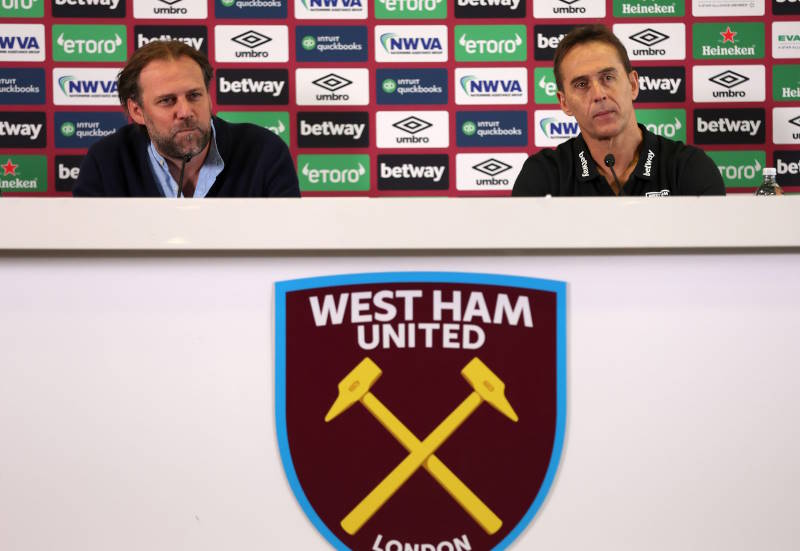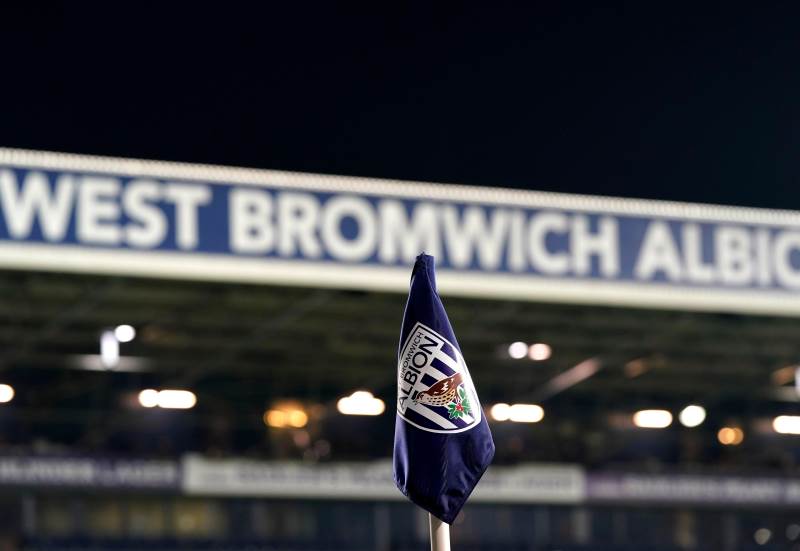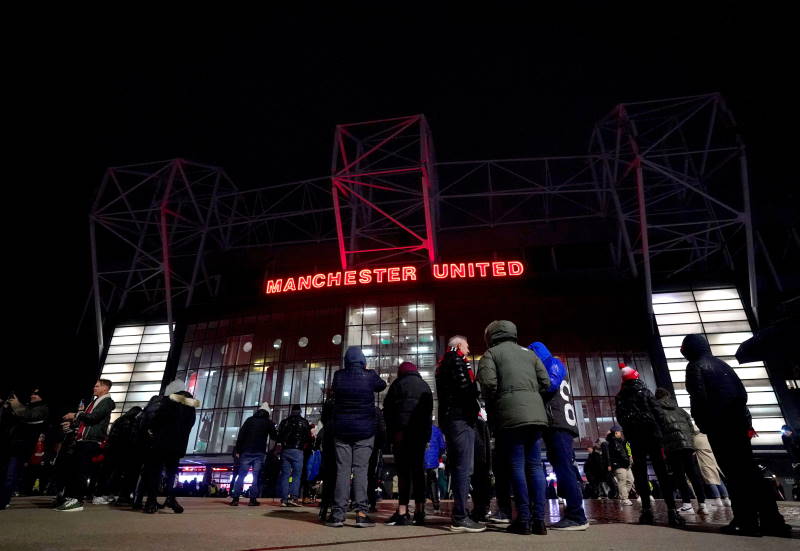Frank Myrland
The American national soccer team has had a topsy-turvy existence. While never becoming full-fledged challengers for soccer’s ultimate prize, the squad has shown glimmers of talent that suggest they could become a future threat in international competition.
The national soccer team was a participant in the first ever World Cup, which was held in Uruguay in 1930. The United States dominated their group, winning both games while player Bert Patenaude recorded the first three goal performance in World Cup play against Belgium. Oddly enough, considering America’s success, one of the reasons the World Cup debuted that year was because the Summer Olympics to be held in two years in Los Angeles was not going to include soccer, as the sport had been overshadowed by the growing popularity of American football. America exited in less than spectacular fashion in the semi-final, losing to Argentina by a score of 6-1.
America next appeared as spoilers in the 1950 World Cup for the heavily favoured English side. England had defeated a team composed of players across Europe 6-1 in a friendly, but lost 1-0 to the Americans. Spain also defeated the English to send them home in the group stage.
Both the popularity and the talent of the national side diminished until the rise of the NASL in 1968. It was believed that with an immensely popular professional soccer league fielding the likes of Pele and Beckenbauer, the country would become a force to be reckoned with in the sport. While there was an increase in youth soccer programs, hopes of becoming an instant contender never materialised. A national team played for one season in the NASL, though Team America was disorganised and many chose instead to play for their respective clubs. The team bowed out after embarrassingly finishing dead last in the table.
1986 was a year to forget for the American game. The NASL folded the year before and the nation missed their bid to host the World Cup after Columbia withdrew, losing out to rival CONCACAF nation Mexico. The national team needed only a draw in their final match against Costa Rica to qualify for the same event, but were eliminated after a shocking 1-0 loss.
Soccer was finally rejuvenated in America when the sport found some ground in the early nineties. The impetus for this revival was when United States qualified for the World Cup in 1990, the first time the country had done so since 1950. The stay was short, with the inexperienced and overwhelmed country being eliminated during the group stage after losing all three games. Despite this dismal showing, FIFA took notice and awarded the hosting duties for the 1994 World Cup to the United States. This was a highly criticised decision given America’s lack of proficiency at the game and the failed history of their professional leagues.
America used the four years between their dismal effort in 1990 and their 1994 home field advantage well, beginning a power struggle with the previously unchallenged Mexico for the championship of CONCACAF. The United States won the 1991 CONCACAF Gold Cup and won second place in the same event two years later, bested only by their leading rival.
The 1994 World Cup surpassed expectations, breaking the record for highest total attendance in World Cup history. The team advanced past the group stage as well; earning a win, a loss and a draw. Their victory against the highly touted Columbian squad because of an own goal by defender Andres Escobar will forever be remembered as a tragic moment in soccer history, as the Columbian was murdered only days after for his miscue. The United States fell in their first game of the knockout stage to eventual champions Brazil by a score of 1-0.
But the soccer seed had been planted in the consciousness of America and only two years later the MLS was born. The national team has qualified for every World Cup since, though their best performance ended at the quarter-finals in 2002 and their very memorable worst performance in 2006 found them scoring only one goal in round robin play and finishing dead last in their group. The team’s effort was characterised by their ability to strike the ball completely off target.
The national team is ranked 24th by FIFA as of late 2008 and leads CONCACAF in that respect. While the team had pursued hiring German legend Jurgen Klinsmann as manager, the position went to Bob Bradley. In nine years with three different MLS squads, Bradley won the championship once with Chicago Fire and successfully turned expansion teams Chicago and Chivas USA into title contenders.
The nation’s leading goal scorer is Californian Landon Donovan. Named the Best Young Player in the 2002 World Cup, the versatile midfielder/striker was also named the Best Player on the American national squad in five of the eight years he has suited up for the side.
Cobi Jones leads the national team in caps, having appeared in 164 matches before his retirement from international soccer in 2004. The midfielder played in three World Cups during his career and has since moved from the pitch to the sidelines to test his coaching ability in the MLS.
With high expectations to qualify for the 2010 World in Johannesburg, South Africa, the United States men’s squad will soon be on the international stage again and only time will tell if they can provide some competition for the likes of Italy, Germany and Spain this time around.













